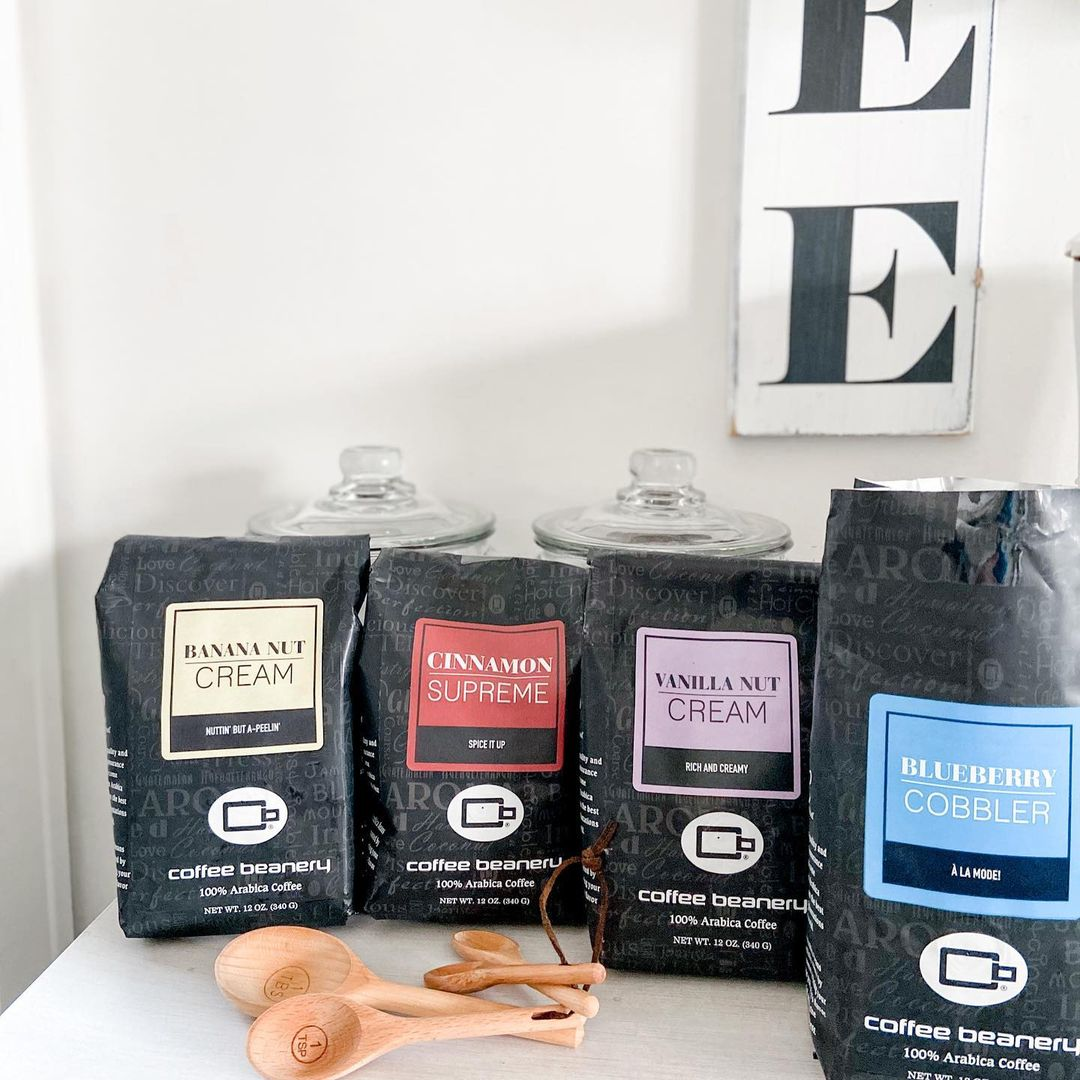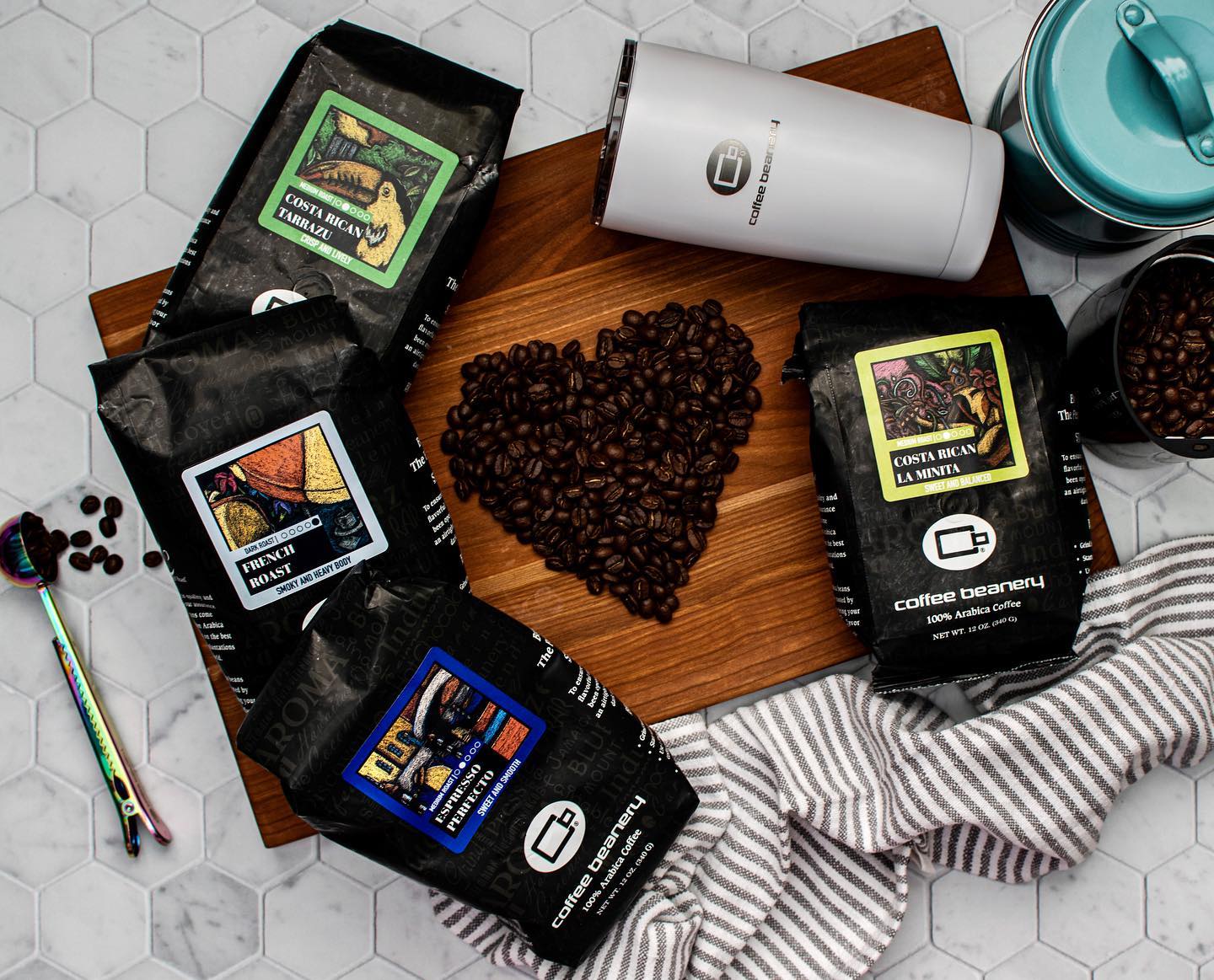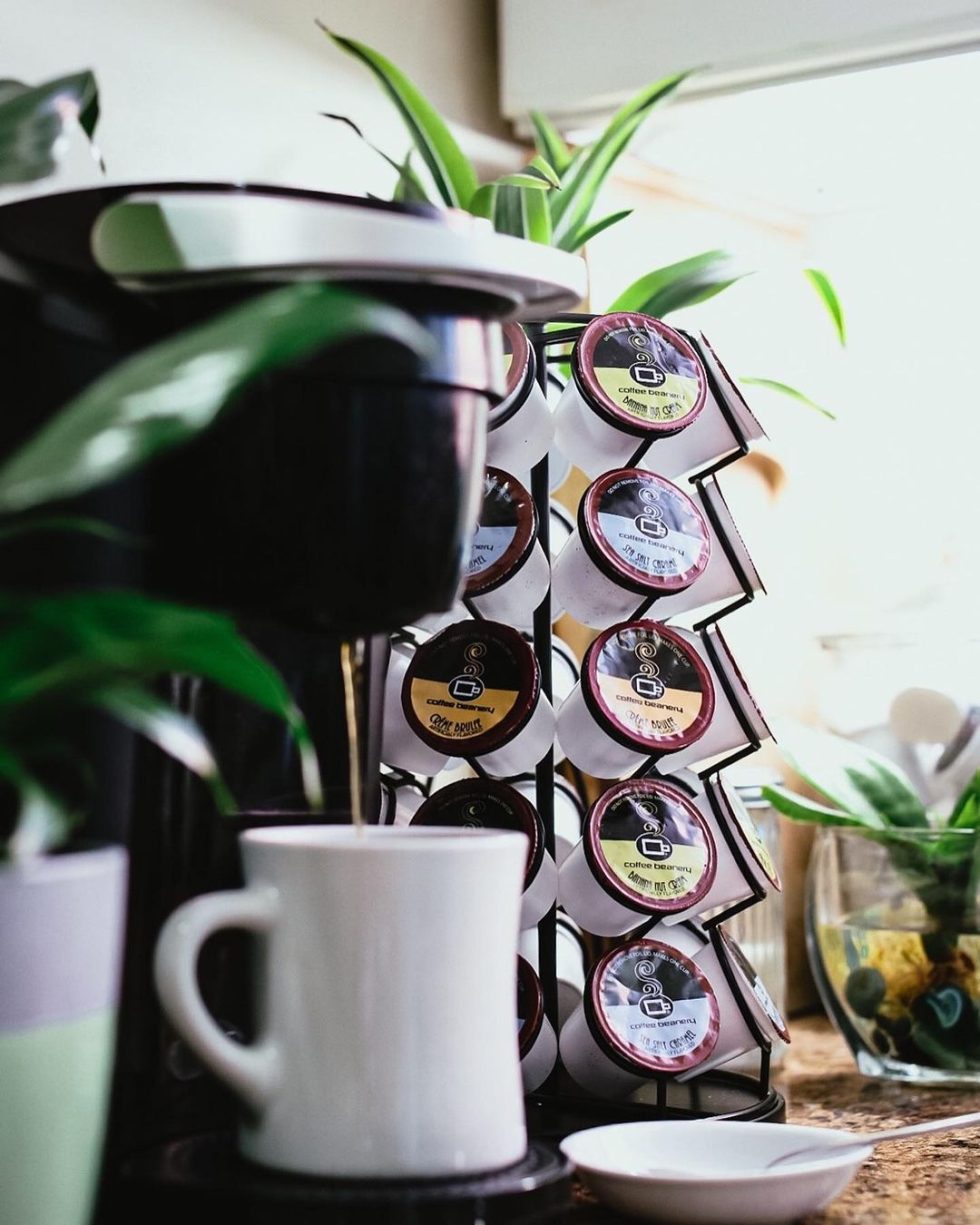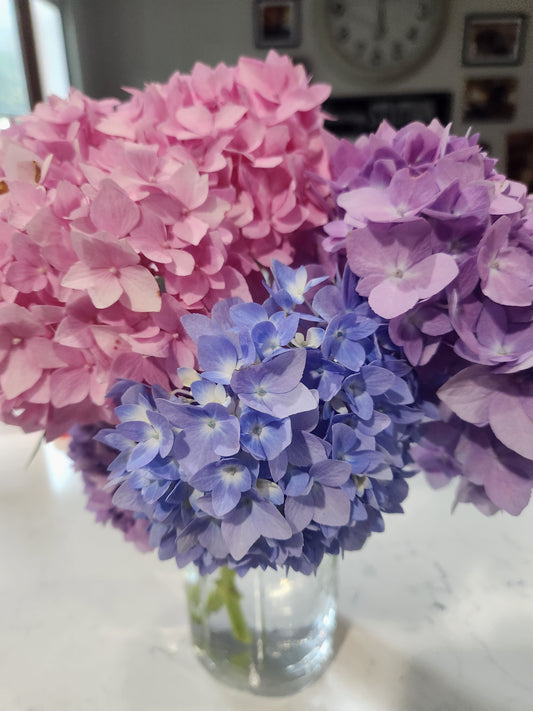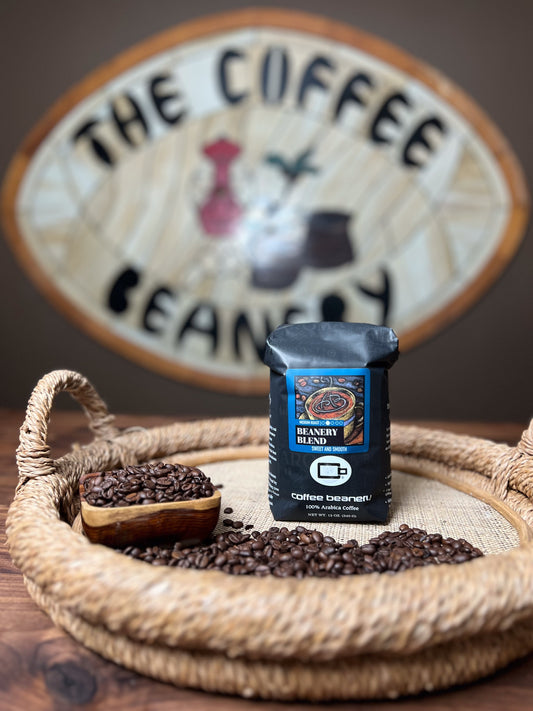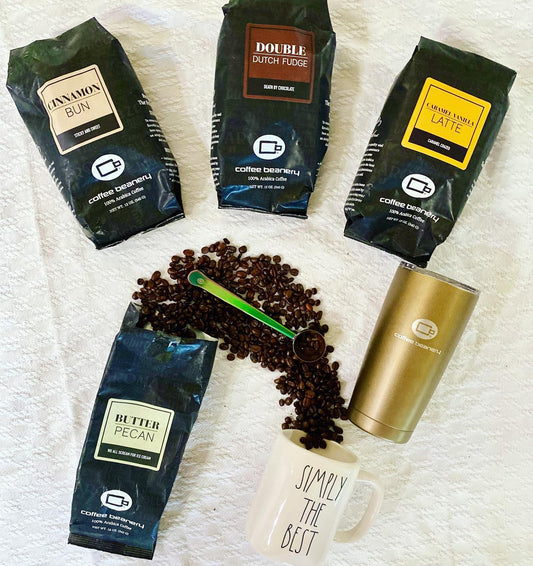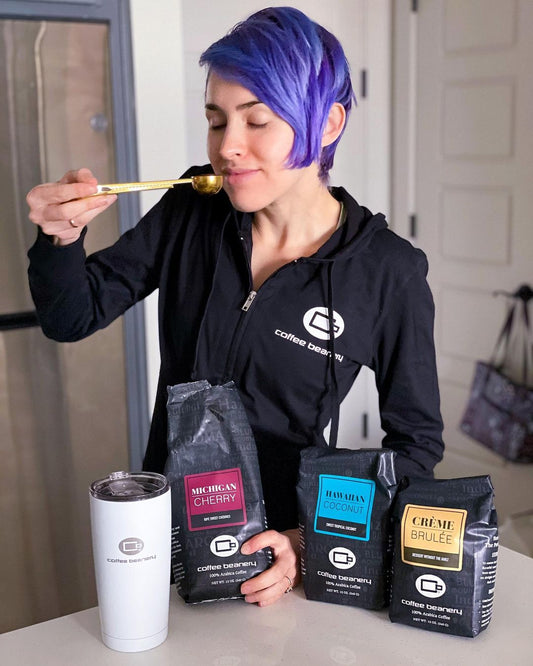That morning cup of joe does more than just wake you up! Don't toss those used coffee grounds; they're a secret weapon for a thriving garden. Rich in nutrients and boasting a range of benefits, coffee grounds can transform your plants from lacklustre to lush.
What Makes Coffee Grounds Garden Gold?
So, what's all the fuss about? Here's why your plants will love a coffee fix:
-
Nutrient Boost: Coffee grounds contain a decent amount of nitrogen, a key nutrient for leafy green growth. They also offer smaller amounts of potassium, phosphorus, and other micronutrients, all essential for plant health. Think of it as a slow-release fertiliser, gently feeding your soil over time.
-
Improved Soil Structure: Mixing coffee grounds into your soil can improve its drainage and aeration. For heavy clay soils, they help to loosen things up, while in sandy soils, they can improve water retention. This creates a healthier environment for roots to grow.
-
Worm Magnets: Earthworms are a gardener's best friend, and they absolutely adore coffee grounds! Worms help to aerate the soil, break down organic matter, and create nutrient-rich castings that further enrich your garden.
-
Pest Deterrent (Sometimes!): The slightly abrasive texture and strong scent of coffee grounds can be a mild deterrent for certain pests like slugs and snails. Sprinkling a ring around vulnerable plants might offer some protection, but it's not a foolproof solution.
-
Acidity Boost (Use with Caution): While often touted as a way to acidify soil, used coffee grounds are actually pretty close to neutral in pH (around 6.5-6.8). However, as they decompose, they can contribute to a slightly more acidic environment over time. This can be beneficial for acid-loving plants.
How to Brew Up Success: Using Coffee Grounds in Your Garden
Ready to start incorporating coffee grounds into your gardening routine? Here are some popular methods:
-
Compost Booster: This is arguably the best way to use coffee grounds. Add them directly to your compost pile. They'll break down beautifully, adding valuable nitrogen and accelerating the composting process. They're considered a "green" material in your compost.
-
Direct Soil Amendment: Work spent coffee grounds directly into the top few inches of your garden beds. This is particularly effective for plants that appreciate a bit more nitrogen, like leafy greens, corn, and roses. Just don't overdo it, as a thick layer can sometimes compact.
-
Mulch Material: A thin layer of coffee grounds can be used as a light mulch around plants. Be mindful not to apply too thick a layer, as it can form a crust and repel water. Mix them with other mulches like wood chips or straw for better results.
-
Liquid Feed: For a quick nutrient boost, steep used coffee grounds in water for a few hours (or even overnight) to create a "coffee tea." Strain the liquid and use it to water your plants. This is a gentle way to deliver nutrients directly to the roots.
-
Seed Starting Mix: Some gardeners like to mix a small amount of dried coffee grounds into their seed-starting mix. The fine texture can help with drainage, and the subtle nutrients can give seedlings a gentle start.
Where Coffee Grounds Might Not Be the Best Brew
While generally beneficial, there are a few instances where you might want to hold back on the coffee grounds:
-
Alkaline-Loving Plants: If you have plants that thrive in alkaline soil (like lavender, clematis, or some varieties of peppers), adding large quantities of coffee grounds might subtly shift the pH towards acidic over time. It's usually not a drastic change with used grounds, but it's something to be aware of.
-
Too Much of a Good Thing: Applying extremely thick layers of coffee grounds directly to the soil can sometimes lead to compaction and inhibit water penetration. Always aim for thin, incorporated layers or mix them with other materials.
-
Seedling Sensitivity: While a small amount can be fine, very young seedlings can sometimes be sensitive to high concentrations of any organic matter, including coffee grounds. Err on the side of caution with delicate starts.
-
Pet Safety (Consideration): While generally harmless, some pets are attracted to the smell of coffee grounds. If your pet has a habit of digging in the garden, it's something to consider, although the caffeine content in used grounds is very low.
By understanding the benefits and limitations, you can harness the power of your daily brew to cultivate a healthier, happier garden. So next time you finish your coffee, remember: that rich, dark goodness has a second life waiting in your soil! Happy gardening!
Bonus for Hydrangea Growers
Hydrangeas can generally benefit from coffee grounds, especially if you're aiming for those vibrant blue blooms! However, there are some important nuances to understand.
Why Hydrangeas Can Like Coffee Grounds:
Nutrient Boost: Coffee grounds contain nitrogen, phosphorus, and potassium, which are essential for overall plant health, lush foliage, and strong blooms. Nitrogen, in particular, promotes green leaves. They act as a slow-release organic fertilizer.
Soil Structure Improvement: Like with other plants, coffee grounds can improve soil aeration and water retention, which is beneficial for hydrangea roots.
Potential for Blue Blooms: This is often the main reason people consider coffee grounds for hydrangeas. The color of some hydrangea varieties (specifically Hydrangea macrophylla and Hydrangea serrata, often called bigleaf or French hydrangeas, and lacecaps) is influenced by soil pH.
Acidic soil (pH 6.0 or lower) with available aluminum leads to blue flowers.
Alkaline soil (pH 7.0 or higher) results in pink or red flowers.
Neutral soil (pH around 6.0-7.0) can lead to purple or mixed colors. While used coffee grounds are only mildly acidic (pH 6.2-6.9), their decomposition can contribute to a slightly more acidic environment over time, which can help make aluminum more available to the plant for blue coloration.
-
Pest Deterrent (Mild): The texture and scent of coffee grounds might deter some common garden pests like slugs and snails, which can be an issue for hydrangeas.
How to Use Coffee Grounds for Hydrangeas:
-
Compost First: The safest and most effective method is to add used coffee grounds to your compost pile. This allows them to break down fully and integrate with other organic matter, providing a balanced, nutrient-rich amendment for your hydrangeas.
-
Direct Application (Moderation is Key): You can sprinkle a thin layer (about 1/2 inch) of used coffee grounds around the base of your hydrangea plants. Gently work them into the top few inches of soil. Avoid thick layers, as they can form a crust and impede water penetration.
Coffee "Tea": Steep used coffee grounds in water to create a liquid fertilizer. This can be a gentle way to deliver nutrients. -
Timing: For influencing color, start applying in late fall or early spring, several months before blooming, as the pH change takes time.
Important Considerations:
-
Used vs. Fresh Grounds: Always use used coffee grounds. Fresh, unbrewed coffee grounds are much more acidic and contain higher levels of caffeine, which can be detrimental to plants and inhibit growth.
-
Not a Miracle Cure for Blue: While coffee grounds can contribute to a more acidic environment, they may not be enough on their own to drastically change the color of your hydrangeas, especially if your soil is naturally very alkaline. For a more reliable blue, you might need to use specific soil acidifiers like aluminum sulfate (following package directions carefully).
-
Not All Hydrangeas Change Color: Some hydrangea varieties, like white Annabelle ( Hydrangea arborescens) and 'Peegee' ( Hydrangea paniculata), will remain white regardless of soil pH. Only the macrophylla and serrata types are pH-sensitive for color.
Monitor Soil pH: If you're serious about changing hydrangea color, it's a good idea to test your soil pH periodically to understand your starting point and monitor any changes. -
Balance is Key: As with any amendment, moderation is crucial. Too much of a good thing can be detrimental. Combine coffee grounds with other organic materials like compost, pine needles, or bark mulch for the best results.
In summary, used coffee grounds can be a beneficial, eco-friendly addition to your hydrangea care routine, providing nutrients and potentially aiding in achieving those coveted blue blooms. Just remember to use them thoughtfully and in moderation.
